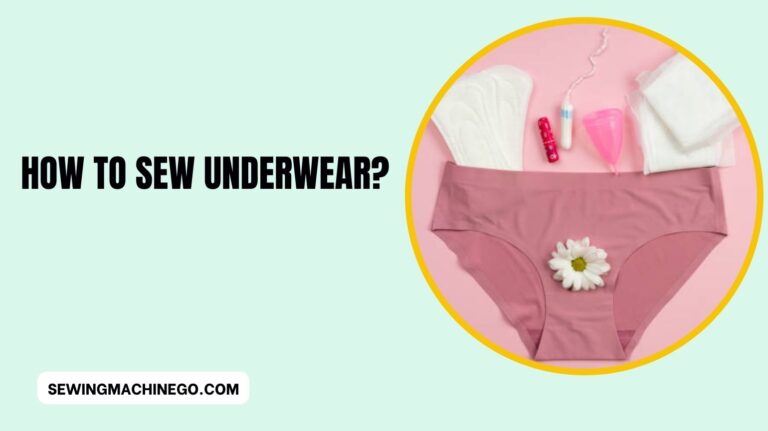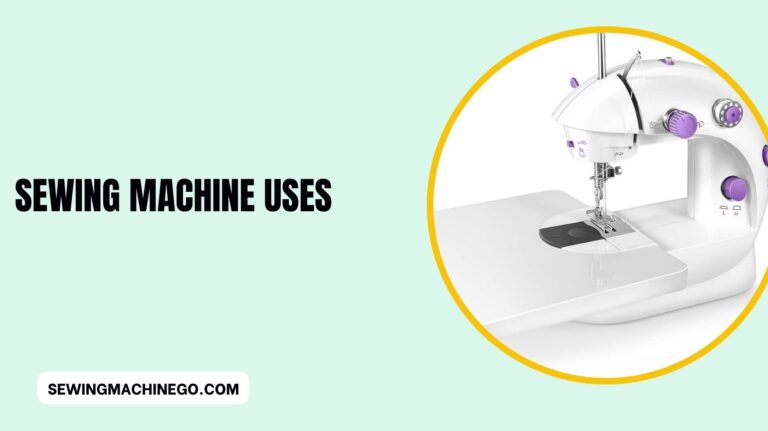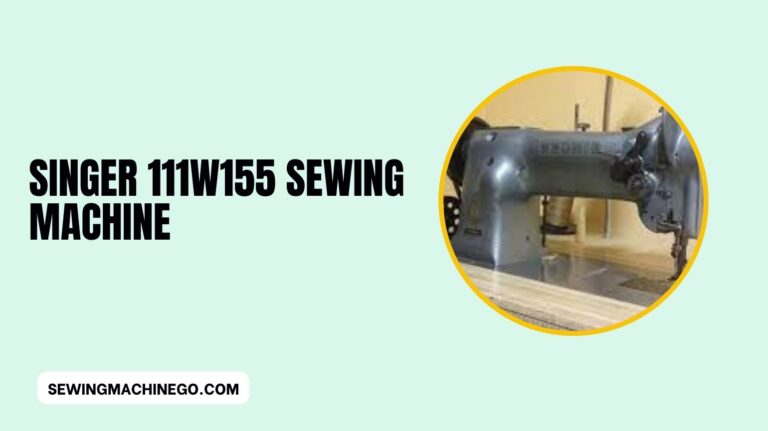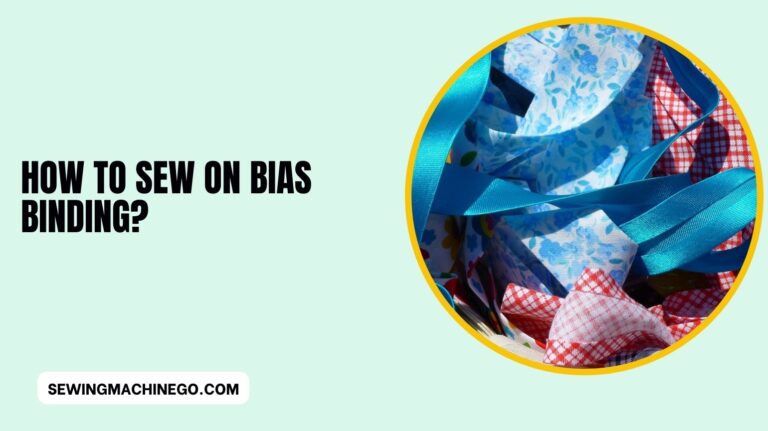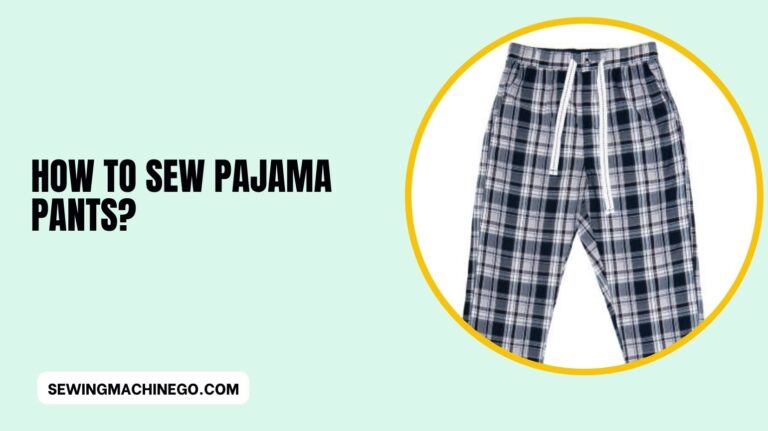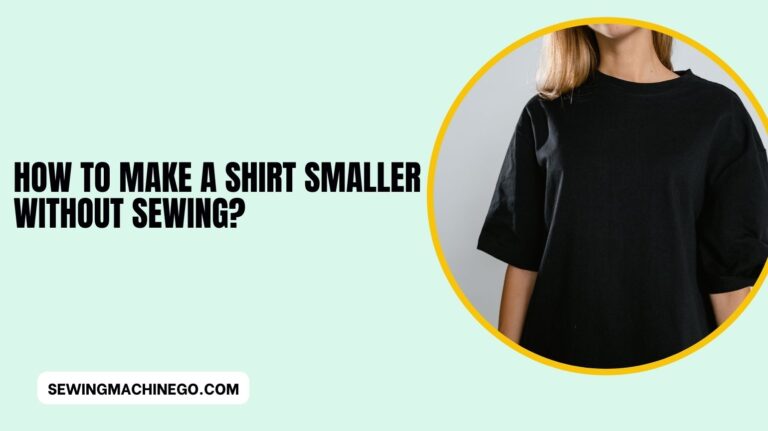How Much Electricity Does a Sewing Machine Use Per Hour?
Sewing machines have been a valuable tool for crafters, hobbyists, and professionals alike. With the rise of sustainable practices and a growing interest in crafting, many individuals are wondering about the energy consumption of their sewing machines.
If you’ve ever asked yourself, “How much electricity does a sewing machine use per hour?” – you’re in the right place. In this article, we’ll delve into the specifics of sewing machine power consumption and offer insights into optimizing its energy usage.
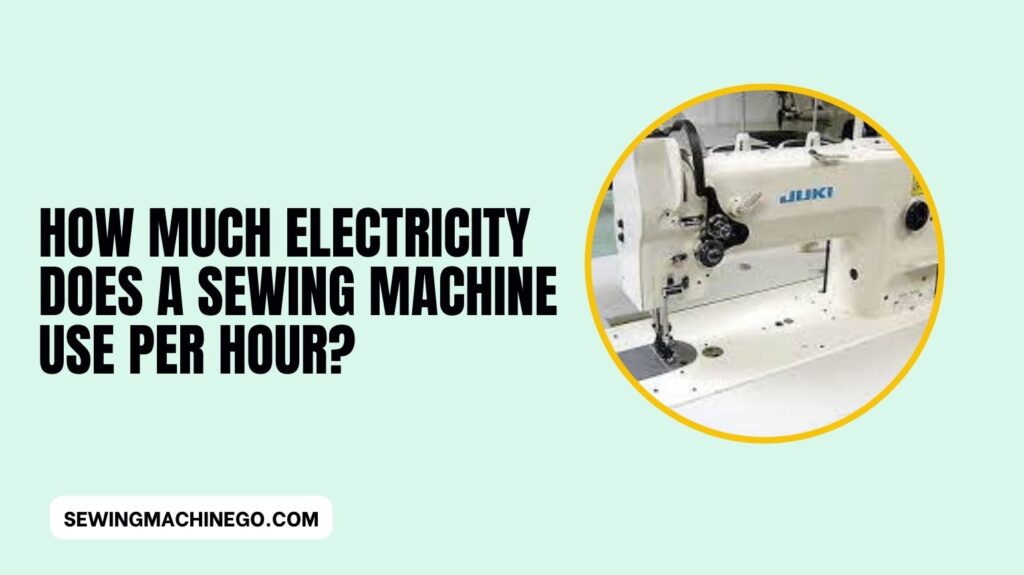
How Much Electricity Does a Sewing Machine Use Per Hour?
As sewing enthusiasts, we appreciate the art of creating beautiful and functional pieces through the rhythmic hum of a sewing machine.
Yet, in a world increasingly conscious of energy consumption, it’s natural to wonder about the electricity our sewing endeavors consume.
In this exploration, we delve into the fascinating realm of power usage, uncovering just how much electricity a sewing machine typically consumes per hour of operation.
By gaining insight into these figures, we can make informed choices that align our creative passions with sustainable energy practices.
Understanding Sewing Machine Energy Consumption
The Basics of Sewing Machine Power Usage
Sewing machines are generally designed to be energy-efficient, consuming relatively low power compared to other household appliances.
On average, a standard home sewing machine uses around 50 to 100 watts of electricity per hour. This is roughly equivalent to leaving a couple of LED light bulbs turned on.
Factors Influencing Power Consumption
Several factors contribute to the amount of electricity a sewing machine uses:
Stitching Speed and Complexity
The speed and complexity of your stitching play a role in energy consumption. Higher stitching speeds and intricate patterns might require slightly more power.
Machine Type and Features
Different types of sewing machines, such as mechanical, electronic, and computerized models, have varying energy requirements. Additionally, features like built-in lighting and automatic thread cutters can contribute to power usage.
Tips for Energy-Efficient Sewing
Choose the Right Machine
When energy efficiency is a concern, consider opting for a machine that offers the features you need without excessive extras. Mechanical machines tend to be more energy-efficient due to their simpler design.
Maintenance Matters
Regular maintenance, including cleaning and oiling your machine, can ensure optimal performance. A well-maintained machine operates more smoothly, potentially reducing energy consumption.
Use LED Lighting
If your sewing machine has built-in lighting, consider replacing traditional incandescent bulbs with energy-efficient LED lights. LED bulbs consume significantly less electricity while providing ample illumination.
Smart Power Management
Get into the habit of turning off your sewing machine when not in use. Even in standby mode, some machines consume a small amount of power.
Unplugging the machine when it’s not needed can further reduce energy waste.
People also ask
Does a sewing machine use a lot of power?
Sewing machines don’t use a lot of power. On average, they consume around 50 to 100 watts per hour, which is relatively low compared to other household appliances.
How much power does an electric sewing machine use?
An electric sewing machine typically uses around 50 to 100 watts of power per hour.
Can you run a sewing machine on solar power?
Yes, it’s possible to run a sewing machine on solar power.
There are solar-powered sewing machine models designed for areas with limited access to electricity.
What sewing machine does t use electricity?
A manual or hand-crank sewing machine doesn’t use electricity. It operates through manual power, making it an energy-efficient option.
Conclusion
In conclusion, the energy consumption of a sewing machine is relatively modest, with most machines using around 50 to 100 watts per hour.
Factors like stitching speed, machine type, and features can influence power usage. By choosing an appropriate machine, performing regular maintenance,
and adopting energy-saving habits, you can minimize the environmental impact of your sewing activities.

Hi, I am Alice, and I am your perfect guide to the world of sewing machines. With over 10 years of experience in the sewing industry, I am passionate about sharing my knowledge and expertise to help you make the most of your sewing journey. about me

